
Philips Hue parent company Signify debuted a new version of the Hue Festavia string lights back in August, with plenty of availability now that the holidays are approaching. If you're up to date with Hue, you might know that the Festavia first came out last year, but the first version was available in limited quantities and was hard to get.
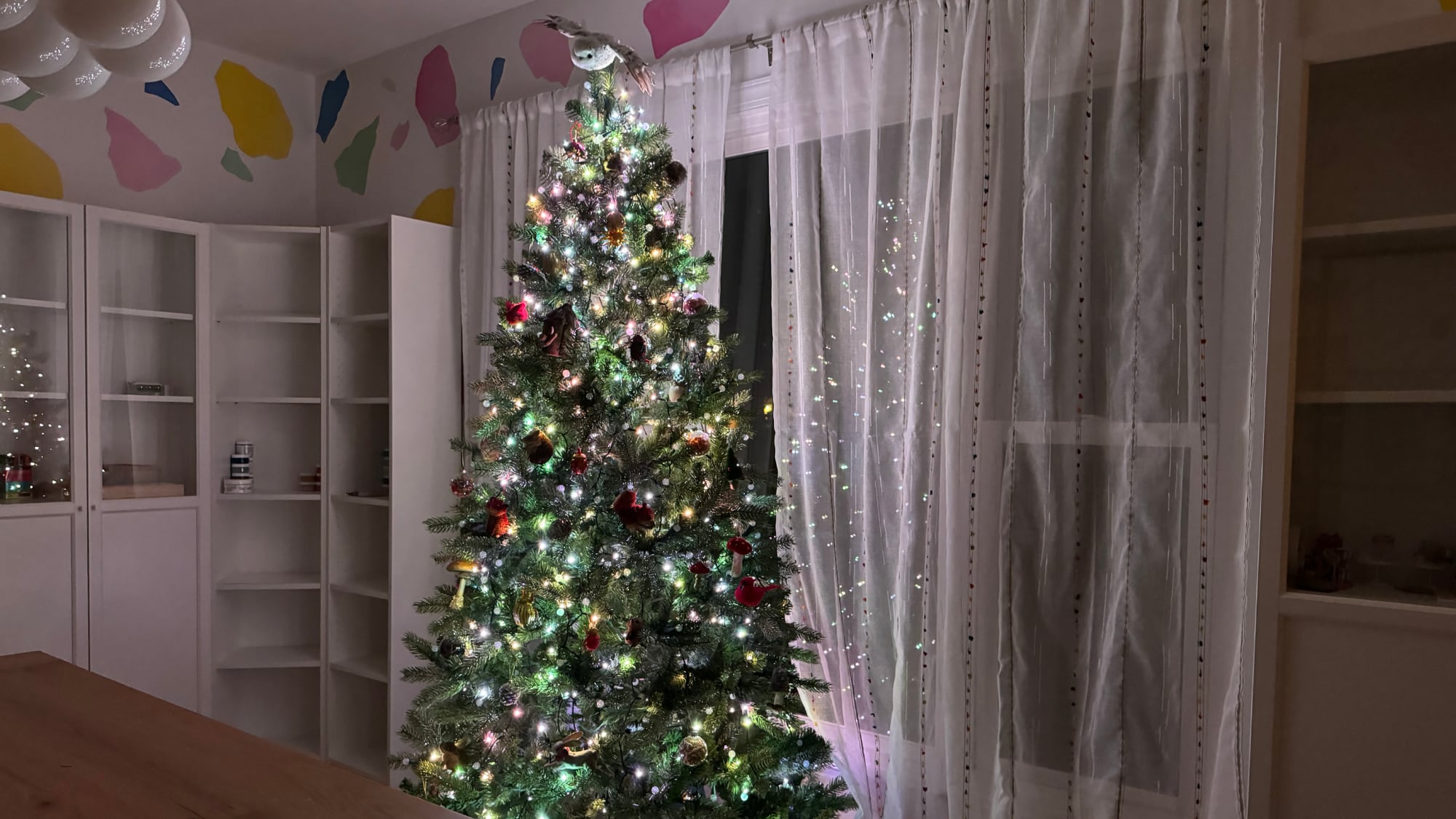
After the holidays, the Festavia lights seemed to disappear entirely until the new version came out in this year, and that's because this is a new model. The new Festavia lights and the old Festavia lights are similar in design, but there are tweaks to the sizes of the light strings, the price, weatherproofing, the design of the power supply, and a few other features.
Last year's Festavia lights were priced at $160 for 250 LEDs on a 65-foot strand, and this year, the same 65-foot strand with 250 LEDs is priced at $220. I don't know why the lights are priced higher, but there are two new size options, including a 500-LED 131-foot model and a 100-LED 26-foot model. The Hue website sells the two longer strands right now, but not the shorter version.
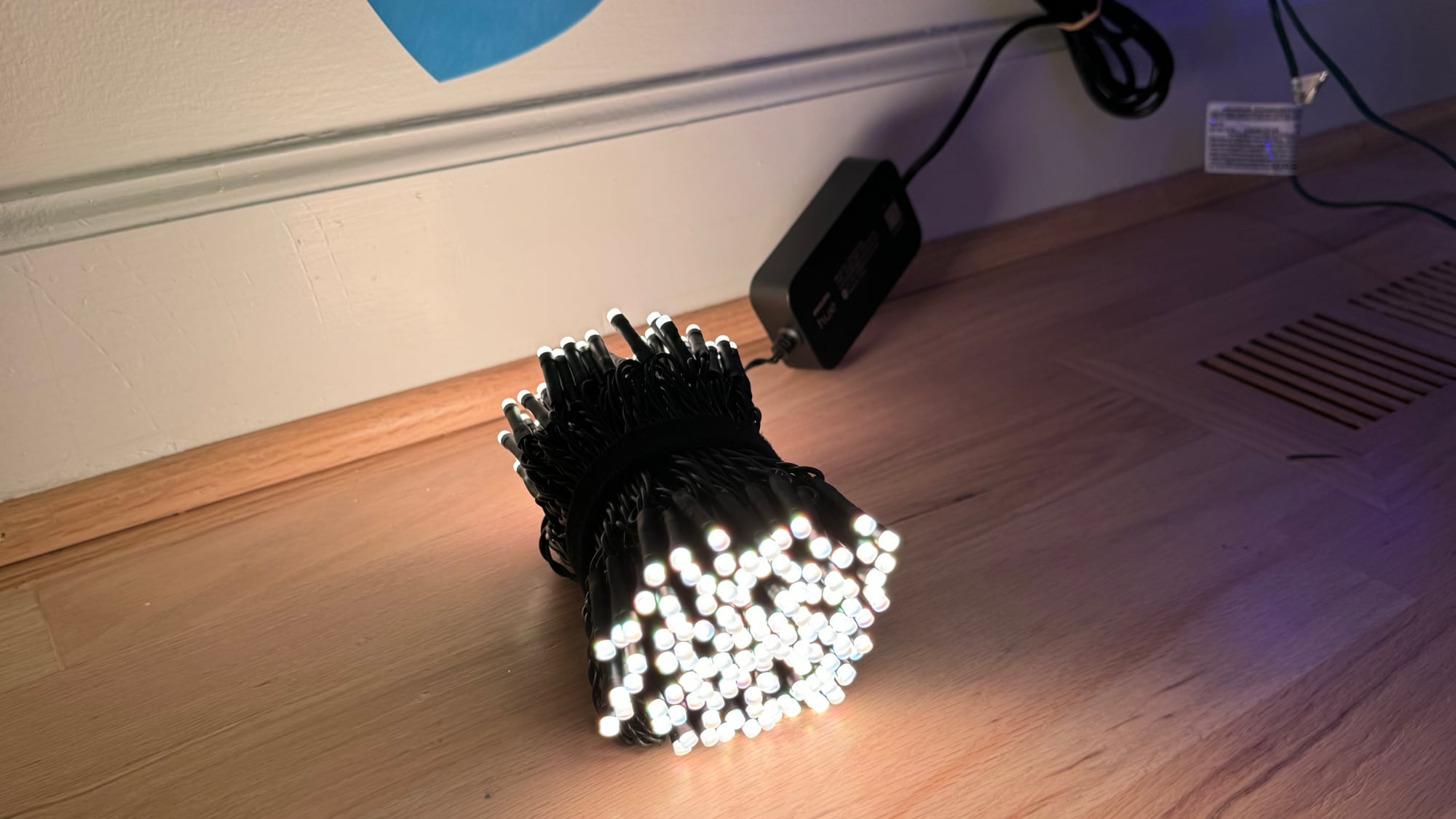
I tested the 250 LED model, which has the LEDs positioned about three inches apart on the strand. The lights themselves are flat at the top with a circular body, which is the same design that was used last year and the shape you'll also see in smart lights from brands like Twinkly. The cord connecting the LEDs is black, which is one of my complaints about the Hue lights.
Black does not blend in as well with a tree as green does when used on a typical Christmas tree, and I feel that it makes the cord stand out more than it should. It would be nice to have color options for the wires rather than being limited to black. Even in non-tree use, black stands out on white trim or white walls. Nanoleaf and Twinkly are using the same black cord for their lights, so maybe it's a color most people don't mind.
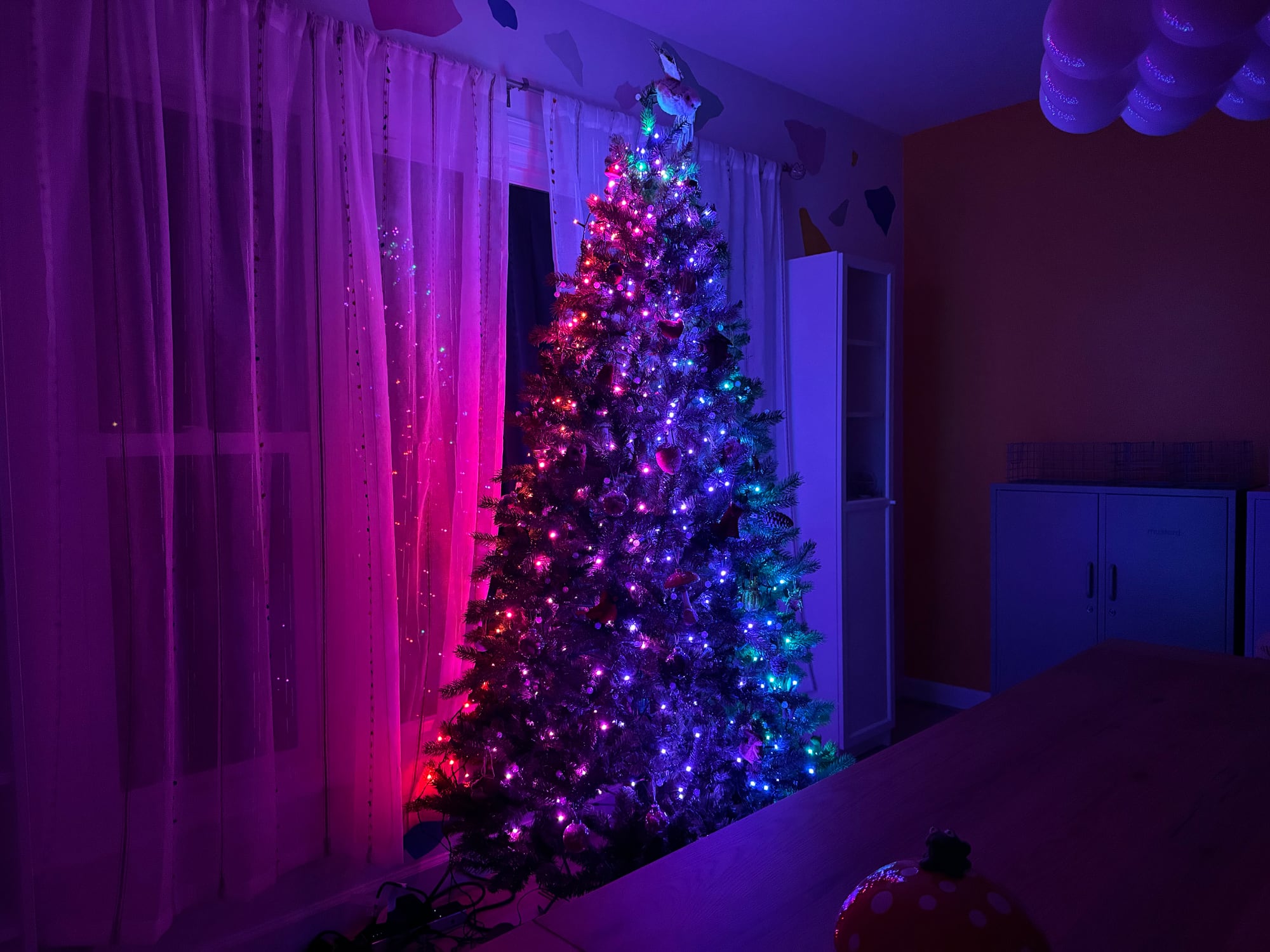
Last year's Festavia lights were designed to be used indoors, but this year's version has weatherproofing and can be used indoors or out. You can use these outside on your porch, outdoor trees, around windows, on eaves, and more, so you're not just limited to inside use. I wouldn't put lights this expensive outside, but I appreciate the versatility for those who do want to use them for outdoor landscaping purposes.
Other than the new weatherproofing rating, the only other difference between the 2022 Festavia and the 2023 Festavia that I found was the design of the power supply. The 2023 version has a 30W plug that you can unscrew from the controller so you can use the Festavia outdoors with other outdoor power you might have.
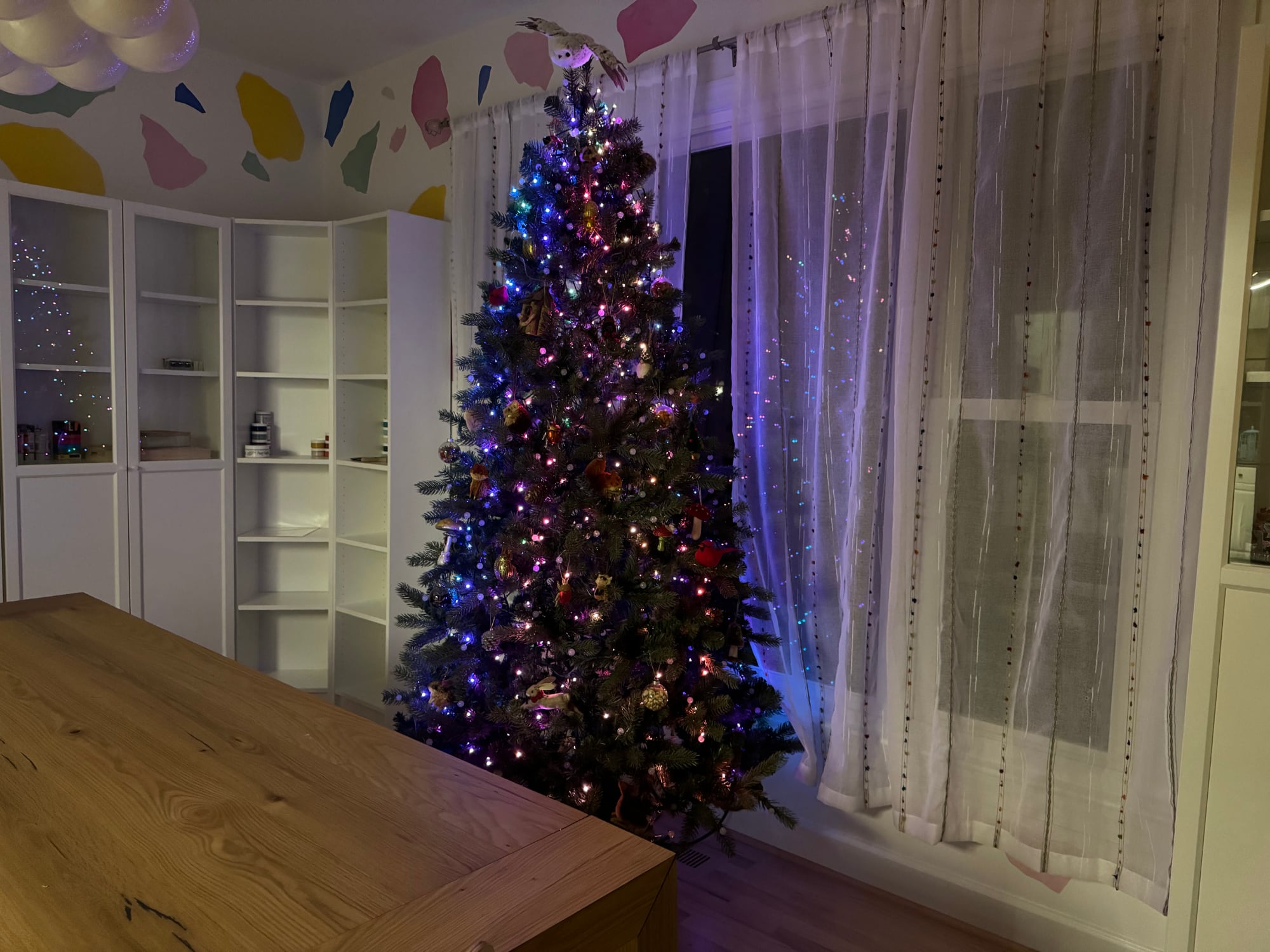
With traditional holiday lights, you can connect two or more strands together to run off of the same power supply, but that is not an option here. Every strand has its own dedicated power supply and these are bulky, especially when used indoors. I put two strands on my tree, and it's a lot of cabling hefty power supplies to deal with. For a Christmas tree that's about seven feet tall, I can get away with one strand, but two strands covers the front and back more fully at a better density. I wish there was an option for a 65-foot strand with a higher LED density, because 65 feet is the right length for a standard tree, but a single strand doesn't feel like quite enough due to the spacing.
These are low voltage LEDs that don't get warm, so you can use them just about anywhere without worrying about a fire hazard. Since these are string lights meant for holiday decorating, there is a warning in the box that suggests you can only leave them up for 90 days. It's a warning that is required under the UL standard used for this type of light because of the testing parameters used for them. I have kept the prior-generation Festavia lights up for a much longer period of time without issue because I am not packing away such expensive lights for most of the year, but it's something to pay attention to.
Like all Hue lights, the Hue Festavia is controlled through the Hue app. It supports 16 million colors and multiple shades of white as it is a "White and Color Ambiance" product, plus it is a gradient light so the colors blend into one another. The Festavia lights can be used directly in the Hue app over Bluetooth, but it's a better experience if you have a Hue Bridge. A Bridge allows for control away from home, connectivity over Wi-Fi, and of course integration with other Hue products.
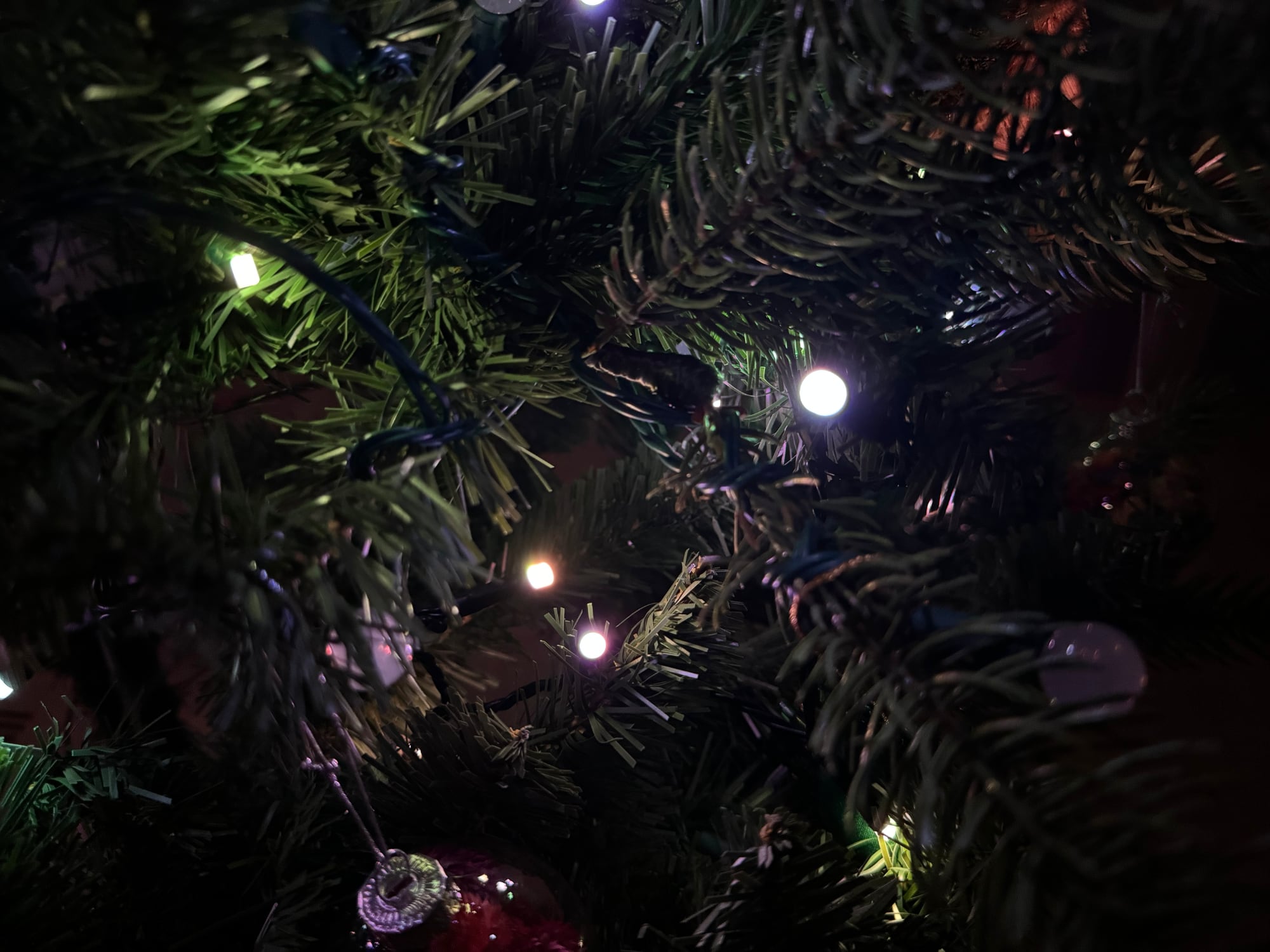
With the Hue app, there are a lot of options for color schemes. There are three total zones for each strand of lights, and you can set each one to a separate color on the color wheel to use the gradient effect. Scenes can be created and saved, and the lights work with all of the scenes in the Hue scene gallery for pre-set color arrangements.
There are six special effects available too, including candle, fireplace, sparkle, glisten, opal, and prism. Candle and fireplace are self-explanatory and aren't really designed for this kind of string light. Candle looks okay with just the flickering yellow lights, but fireplace is much oranger and looks out of place.
The other four options are perfect for the Festavia. Sparkle is a white/yellow light scheme that looks like slow twinkling lights. Glisten is similar to sparkle but with more "twinkle," and opal, which looks like its namesake, is by far my favorite. Opal uses soft, pastel lights that are just shy of white and it cycles through them for a soft, but colorful effect that looks something like the lighting equivalent of a nighttime winter snowfall. It's one of the most magica... Click here to read rest of article
Article Link: Review: The New Philips Hue Festavia Lights Offer More Versatility at a Higher Price

